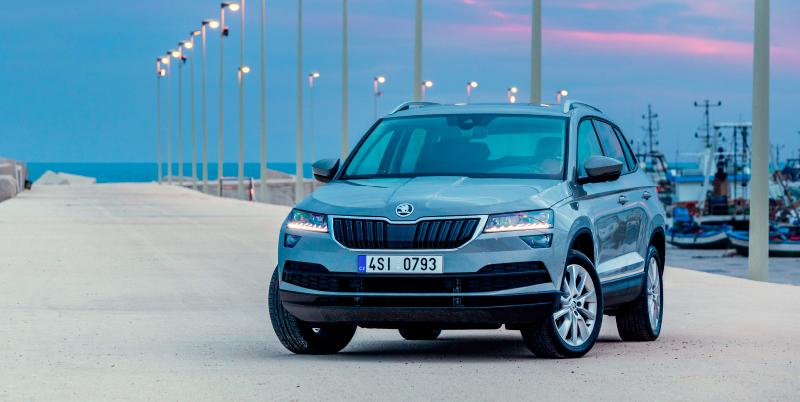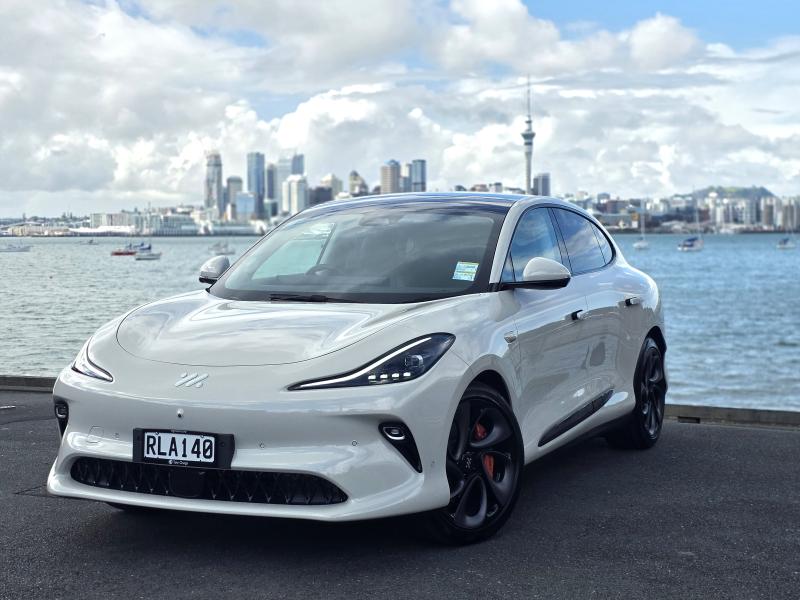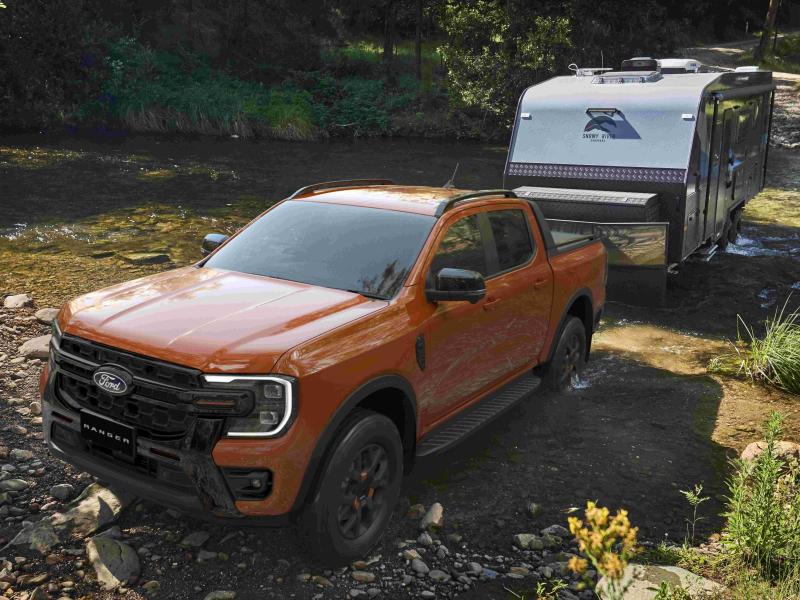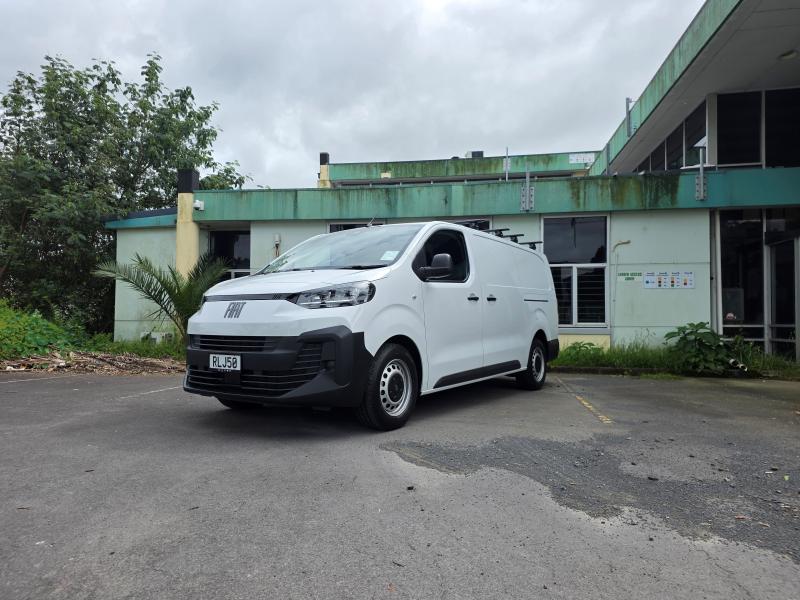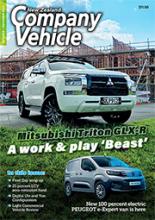Following its bigger sibling’s lead, Karoq offers the SUV market clever engines, clever packaging, European styling and sharp pricing Mark Baker takes a closer look.
Kiwis do love their SUVs, and they do love having the latest or trendiest – the ‘it’ SUV, the ‘now’ SUV. Can’t blame us really – while back in the day living with an SUV meant compromising on interior space or on-road manners – or off-road capability – the SUVs of today are immensely capable and desirable vehicles. So much so that it’s not an ‘SUV market’ any more, it’s become segmented into compact, medium, large.
Skoda New Zealand has high hopes for its new Karoq, which brings European styling and panache to an already crowded class and fits into that first segment.
The five-seat Karoq drops into the white-hot compact SUV category where it starts with the mid-spec Ambition at $38,990 and must compete with some very popular products including Honda CR-V, Hyundai Tucson, Ford Escape, Toyota RAV, Kia Sportage and/or Niro, Mazda CX-5, Nissan Qashqai and Renault Captur. Most, if not all, warmly welcome buyers with $38,000 - $40,000 dollars to spend.
At Karoq’s launch there are two models, the front wheel drive TSI (1.5-litre petrol turbo engine) and the 2.0 turbodiesel 4WD. The former produces 110 kW at a relatively high 5000-6000 rpm with peak torque of 250 Nm occurring between 1500 and 3500 rpm. Its fuel efficiency figures of 5.6 litres/100km is helped by smart engine management that will shut off two of its four cylinders.
The diesel makes the same power but at 3500-4000 rpm. Torque for the diesel is 340 Nm at 1750-3000 rpm, which seems less impressive than the petrol but is as usual with turbodiesels more a plateau of torque than a curve to a peak number. The diesel returns official figures of 5.2 litres/100km.
The petrol versions are lighter, featuring a simple beam-style rear suspension and weighing in at around 1320 kg; the diesel is around 1480 kg thanks to all-wheel drive, multilink rear suspension design and the heavier engine.
Both petrol and diesel versions use a seven speed DSG transmission.
The company plans a rapid range expansion in early 2019 and aims to launch a new SUV every year, culminating in an EV version in 2020.
Karoq joins the larger Kodiaq and could be considered a replacement for the charismatic Yeti (the “little SUV that could”), though in its conservative styling it looks more akin to big brother Kodiaq. Longer, wider but lower than Yeti, the Karoq promises more focus on tarmac road manners; its reduced ground clearance improves on-road handling but restricts its off-road capability slightly.
Karoq is apparently a blending of American First Nation (Indian) words for ‘car’ and ‘arrow’ to suggest purpose and determination. Creating a new family styling/nomenclature dynasty around the Kodiaq seems a savvy move and fits with the parent VW Group’s overall design and styling strategy.
Skoda’s market research suggests Kiwi small SUV buyers prioritise desirable traits in order as:
- Price
- Exterior design.
- Fuel economy.
- Interior functionality.
- Reliability.
- Comfort.
- Safety.
The low ranking for safety, they say, is simply because Kiwis now expect excellent safety of a new car. Features like autonomous emergency braking are noteworthy but expected as part of the standard specification. The week after Karoq launched, there were calls for AEB to become standard across all new cars in New Zealand.
Two levels of trim/spec are offered: Ambition+ is the intro-level – but hardly bare bones – spec, while Style raises the ante somewhat with a premium-end standard feature list. Standard on all models, and of course key to the five star NCAP rating, is a very comprehensive array of passive and active safety measures. Emergency brake assist – including front assist with pedestrian protection; lane assist, blind spot detection, LED running lights – and front, side, curtain and driver’s knee airbags are fitted.
There are two 18-inch alloy wheels for the Ambition and a 19-inch design for the Style versions.
Infotainment links work through Skoda’s proprietary Myskoda app, with an 8.0-inch touchscreen flipping between menus; and the system supports both Apple CarPlay and Android Auto.
In recent years, Skoda has been making a name for clever storage solutions, and this is one of the most intriguing party tricks offered by Karoq. On the options list, Karoq offers motorists the cleverness of Skoda’s Varioflex interior, which can be configured many ways to suit many needs. Costing $1750 on the Ambition+ or $2500 as part of a ‘plus package’ on Style models, Varioflex allows the three individual rear seats to slide back and forward, tip up against the front seats, or be removed completely to maximise luggage space. With all three seats in place there’s 521 litres of luggage space. The two-seat layout creates a gap for long narrow items like skis, for which there is a bespoke ski bag available. Tipping and fastening the rears against the front seats provides 1605 litres, while removing the rear seats entirely bumps that to an impressive 1810 litres of space.
With such keen intro pricing there is little to choose between petrol and diesel versions, and given the clever Varioflex system can be optioned on either model perhaps it comes down to how much of an early adopter you are, what engine you prefer and perhaps what the vehicle is going to be mostly used for. New Karoq owners can ‘go European’ and be assured they have bought one of the better equipped and most user-friendly among the current crop of SUVs.


